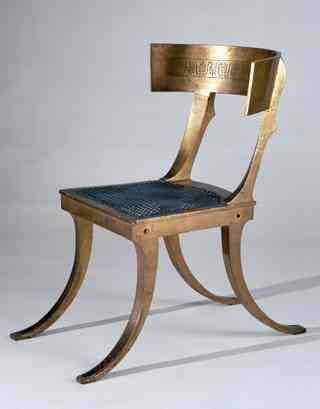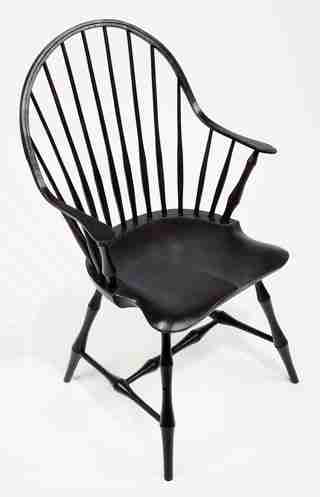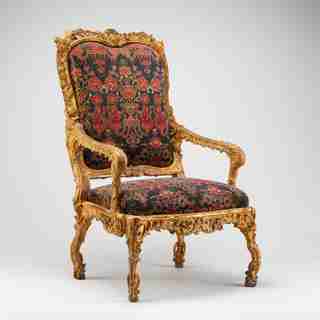7 Chairs That Changed the World
“A chair can be a living link to the past,” writes influential architect and author Witold Rybczynski on the first page of his newly released book, Now I Sit Me Down ( Farrar, Straus, and Giroux , $25). That much becomes abundantly clear throughout the engaging account, which traces the unexpected design history of seating. The idea for the book came to Rybczynski, an emeritus professor of architecture at the University of Pennsylvania, while researching a 2014 article for Architect magazine on Tadao Ando’s dazzling but flawed Dream chair. In this 227-page account, which is dotted with illustrations drawn by the author himself, anecdotes range in subject from ancient Greek designs to postmodern master Michael Graves’s work for JCPenney. One of the most intriguing sections appears near the end, focusing on chairs with “special” uses—including wheelchairs, strollers, swings, and folding chairs—and detailing how many of them have deep historical roots. Rybczynski shares his thoughts on seven of the most influential chairs in the book.

Klismos Chair
“The Greek klismos, which appeared in the fifth century B.C., is considered one of the most graceful chairs ever conceived. It has been imitated over the ages, most recently by Michael Graves for JCPenney.”

Windsor Chair
“George Washington owned two dozen of these chairs. Whether made by cottage industry or in an automated factory today, the anonymous Windsor combines simplicity, lightness, and comfort. Hard to beat.”

French Fauteuil à la Reine
“The 18th century was the golden age of furniture, and nothing was better than a French fauteuil, beautifully crafted, upholstered in woven fabrics, and padded in all the right places. Une merveille .”
No. 14 Bentwood Café Chair
“In 1859, Michael Thonet—the Henry Ford of chairs—unveiled the first truly mass-produced chair, the No. 14 café chair. It was shipped flat, with only six pieces of bentwood, ten screws, and two washers. And it looked good, too.”
Cesca Chair
“The Bauhaus was responsible for several memorable chairs, including Marcel Breuer’s classic Cesca. Innovative tubular steel made possible the springy cantilever design, which was combined with traditional woven cane. The Cesca came with and without arms.”
Round Chair
“Danish Modern furniture brought together modern production with old-fashioned workmanship and materials and has been called ‘industrialized craftsmanship.’ Hans Wegner’s classic Round chair is a quintessential example. The beautifully shaped oak is combined with a caned seat.”
The Monobloc Plastic Chair
“The injection-molded one-piece polypropylene chair is an anonymous design of the 1980s. Apart from being cheap and virtually indestructible, it solves the great bugbear of chair making—it eliminates all joints. Love it or hate it, the monobloc is the reigning global chair.”